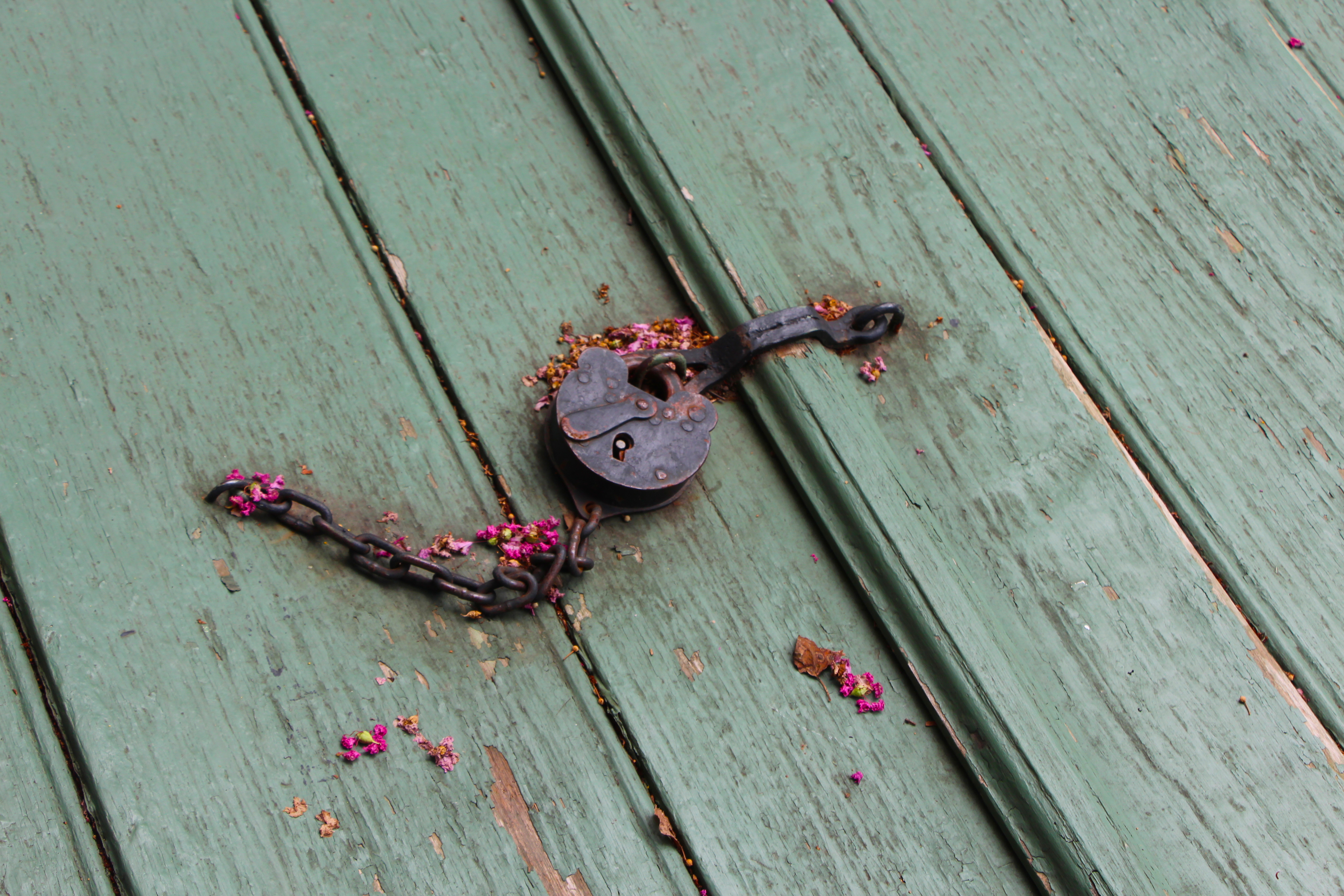Heritage and Memory.
The subject of my degree program can be confusing to explain. The best reaction I’ve received is from someone who questioned the validity and need of such an idea, which only served to strengthen my desire to not simplify it.
Enter #MuseumsAreNotNeutral, a movement that fits wonderfully into my studies and is a hot topic of discussion. In the precise way only a hashtag can communicate, it spreads the idea of institutions acknowledging that they show bias…even if it doesn’t seem obvious right away. What audiences they engage with exhibitions, who they employ, and how they’ve acquired an object are examples of actions that show their values and stances. The “neutral” here means sticking with the way it’s always been and resisting the need to react to a cultural shift.
“Museums have the potential to be relevant, socially-engaged spaces in our communities, acting as agents of positive change. Yet, too often, they strive to remain “above” the political and social issues that affect our lives — embracing a myth of neutrality. ” say creators LaTanya Autry and Mike Murawski, two museum professionals who have also made shirts depicting the slogan to spread the message.
Autry and Murawski want to encourage conversation and “the potential of museums to do good work, advocate for human rights, and take a stand against hate. Museums can be agents of positive social change in our communities, and it’s up to us to make this happen together”.
Key word? “Together”. That idea was unheard of in the creation of the first museums (which were archaeological). Built from private collections, wealthy collectors obtained items based on their own personal interest or aesthetic, with little regard to provenance or context for the object. That also meant false information, so by the time a collection was donated or sold to an institution you weren’t getting the whole story. Those allowed to visit such places were of an exclusive club…and with that kind of story to set the foundation, it’s no wonder that museums have this problem. They’ve been exclusionary, classist, and biased from the start. (Barker)
Who’s In Charge Here?
We look to museums as the ultimate authority and to authenticate our understanding of the world around us. “People interpret the past in light of their own experiences and cultural constructs, we see the past not as it was but as we are” (Barker), and when institutions omit groups, ignore pressing social issues, or claim neutrality they’re contributing to a story that’s not reflective of reality. It upholds an environment that encourages the same ol’ narrative.
This is where Heritage and Memory comes in, and how sometimes history becomes a select form of heritage because of reinterpretation. Stories can be adapted to suit a specific need, and looking critically at what museums present is the process of a selective memory. “Memory studies […] presuppose that the present is defined by a past that is constructed and contested” (Hirsch).
What is being selected for preservation and who gets to decide? In Heritage Pasts and Heritage Presents, David C. Harvey states “traditions are not static; they modify and change through time as a result both of their internal dynamic and in response to external demands. The present is informed by the past and the past is reconstructed by the present“. #MuseumsAreNotNeutral is an agent of change and an act of memory because it seeks to redefine culture by disrupting the dynamics of traditional power (the museum!).
So how do you stop the perpetuation of an outdated attitude? How they make change is dependent on reconsidering the role they occupy in their communities and how they can help facilitate knowledge and inclusion. It’s no longer the museum as a gatekeeper of ideas, and audiences have the right to ask for more rather than be told what they’re getting. It starts with hiring staff from these groups, pushing forth voices that reflect the need for diverse backgrounds and role models. Programming can feature underrepresented groups or uplift untold histories for the benefit of us all, a much needed breath of fresh air into those old hallowed halls. Museums can also acknowledge their role in shady acquisitions too, and be more empathetic with repatriation.
I understand these things happened during a different time, but that’s no reason to be okay with it or allow it to continue without challenge. The real work starts after the exhibits are over, when museums have the responsibility to continue the conversation if they truly are committed to change. Fundamental changes will get further than incremental changes for the necessary evolution of a museum’s purpose.
The best thing about a hashtag is that it takes the conversation outside of an academic setting and into the wild, where it is accessible and available to all. Kind of like what a museum of the future can look like.
